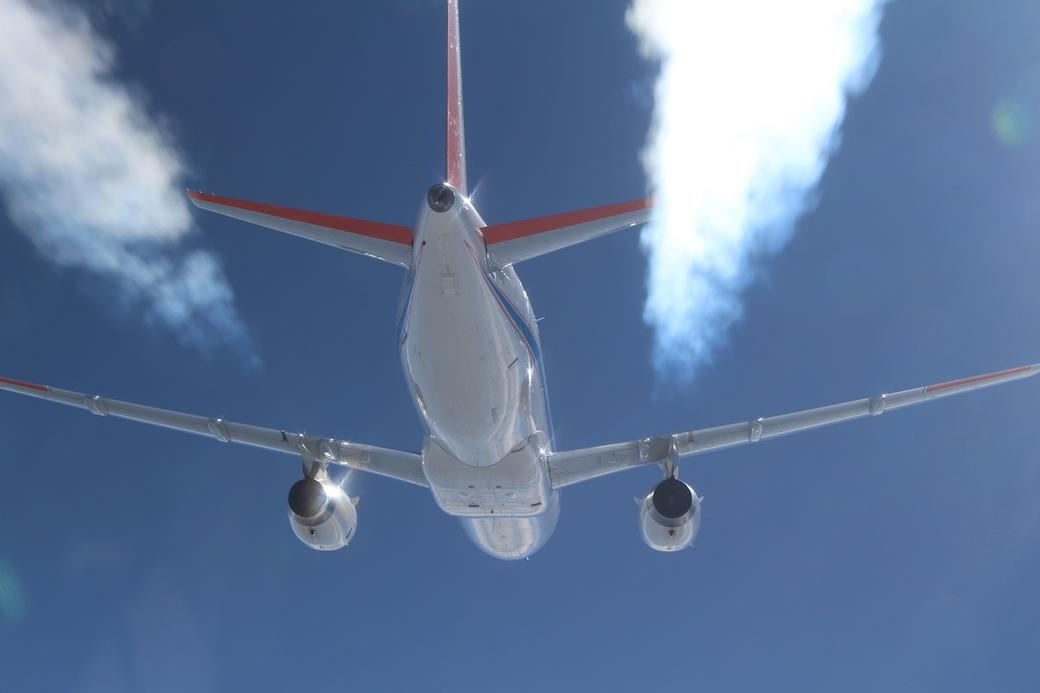
The formula for a net-zero aviation fuel that would pull carbon dioxide (CO2) out of the atmosphere when burned has been developed by researchers at the Worcester Polytechnic Institute (WPI) in Massachusetts.
The fuel could also increase aircraft range, the researchers say.
The proposed fuel is a slurry of magnesium hydride and hydrocarbon jet fuel. A compound of magnesium and hydrogen, magnesium hydride combusts to release magnesium-oxide nanoparticles and water vapor.
The magnesium oxide then can react with CO2 and water in the engine plume or atmosphere to produce magnesium carbonate or magnesium bicarbonate, removing carbon from the atmosphere in the process.
WPI researchers developed the formula through modeling and computational analysis to compare the thermal combustion performance of magnesium-hydride slurries with hydrocarbon fuels in varying ratios at aircraft cruising altitude.
Due in part to the chemical properties of the slurry, less volume would be required than with conventional jet fuel. “[Magnesium hydride] slurry fuel should achieve up to 8% longer aircraft range than the same volume of the hydrocarbon fuel, though other aircraft changes required to accommodate the denser fuel could offset that range extension,” the WPI researchers say.
“This is also over 2.5 times the range with liquid ammonia and 3.5 times the range with liquid hydrogen, if those fuels could be used in the same tanks,” they say, adding that using a biofuel as the hydrocarbon in the slurry potentially could lead to net-negative emissions.



